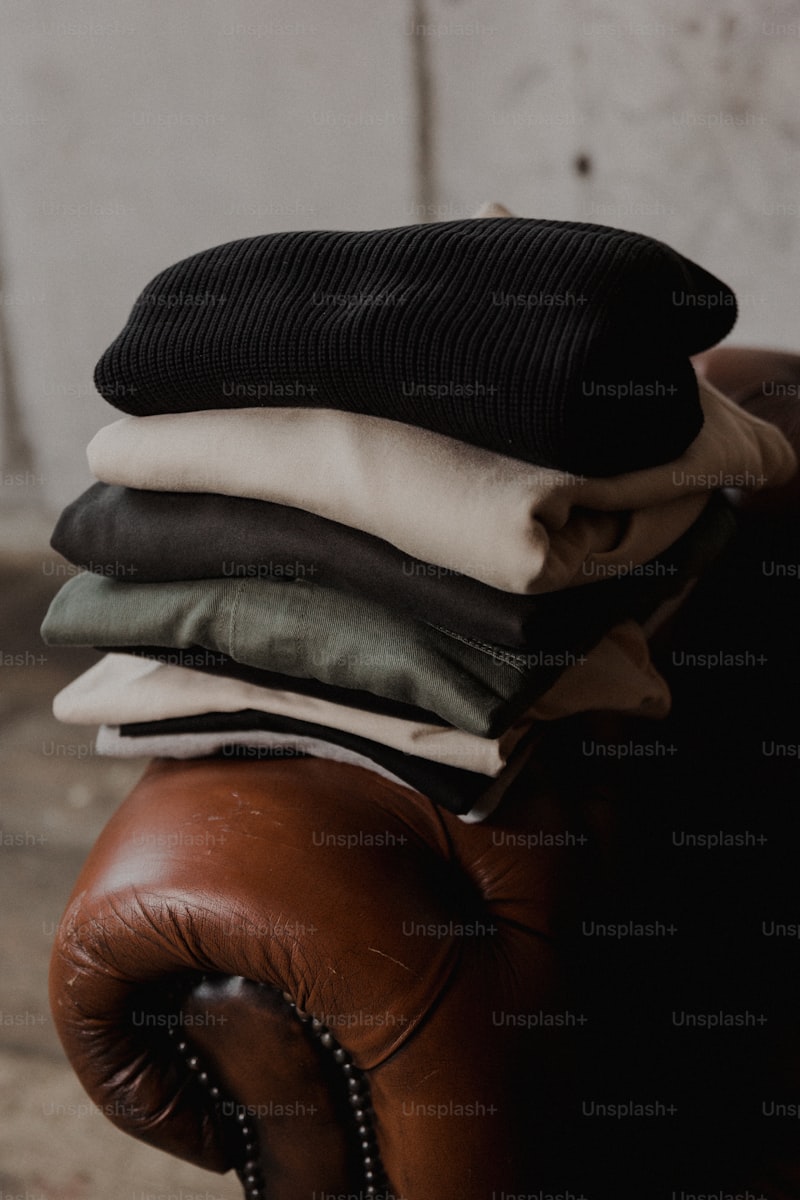Understanding Dress Labels: A Comprehensive Guide to Make Informed Fashion Choices
In the world of fashion, understanding dress labels is vital for making informed purchasing decisions. Dress labels provide essential information regarding size, fabric care, and ethical standards that can significantly impact your shopping experience. This article aims to delve deep into the various aspects of dress labels, their meanings, and how they can guide you in your fashion choices.
The Importance of Dress Labels
Dress labels serve multiple purposes that benefit consumers. They not only contain crucial information about the garment but also enable you to make responsible fashion choices. Below are some key reasons why understanding dress labels is important:
- Size Information: Dress labels indicate the size of the garment, which varies across different brands and countries.
- Fabric Composition: Labels provide details about the materials used, helping consumers choose based on comfort and allergies.
- Care Instructions: Understanding how to care for your clothing ensures longevity and maintains quality.
- Sustainability Measures: Some labels also inform you whether a garment is made under ethical working conditions.
Decoding Dress Labels: What to Look For
When examining dress labels, several elements should catch your attention. Here's a quick breakdown of the key components:
| Component | Explanation |
| Brand Name | Indicates the manufacturer and often relates to the style and pricing of the garment. |
| Size | Typically displayed in numbers (0-16) or letters (XS-XL), size can vary globally. |
| Fabric Content | Lists primary materials (like cotton, polyester) and can indicate softness, warmth, and durability. |
| Care Instructions | Details washing, drying, and ironing guidelines to maintain the garment. |
| Country of Origin | Shows where the product was made, which may affect ethical considerations. |
| RN or CA Number | A registration number that helps identify the manufacturer, ensuring accountability. |
Understanding Size Labels
Size labels can be perplexing, especially when shopping internationally. For example, a size 8 in the United States may be equivalent to a size 12 in the UK. To navigate these differences smoothly, many retailers provide size conversion charts, making it easier for shoppers to find their right fit. Always refer to these charts when shopping from international brands to avoid the hassle of returns or exchanges.
Fabric Composition Demystified
Fabric composition is an essential part of dress labels. Understanding what materials your clothing is made from can transform your shopping experience. Here are some commonly used fabrics and their characteristics:
- Cotton: Breathable, soft, and hypoallergenic, making it ideal for everyday wear.
- Polyester: Durable and wrinkle-resistant, often blended with natural fibers to enhance longevity.
- Wool: Provides warmth and is excellent for winter clothing, though it may require special care.
- Silk: Luxurious and smooth, but delicate and often needs dry cleaning.

Care Instructions: Keeping Your Wardrobe In Top Shape
Care instructions on dress labels are crucial for maintaining your garments. They typically include:
- Washing: Indicates whether you should machine wash, hand wash, or dry clean.
- Temperature: Specifies the temperature settings for washing, ensuring fabric integrity.
- Drying: Provides guidelines on air drying versus machine drying.
- Ironing: Gives specific instructions about steam or dry ironing settings.
Ethical and Sustainable Fashion
Increasingly, consumers are becoming more concerned about the ethical implications of their fashion choices. Dress labels can provide vital information regarding sustainability and labor conditions. Look for certifications such as:
- Fair Trade: Ensures workers receive fair wages and work under humane conditions.
- Organic: Indicates that the fabric is made without harmful chemicals.
- Recycled Materials: Signifies that the garment is made from recycled fabrics, reducing environmental impact.
The Future of Dress Labels
The fashion industry is continually evolving, leading to advancements in dress labeling. With the rise of digital technology, electronic labels are becoming more common. These labels can scan for product information, instantly providing details about material sourcing, care instructions, and even styling ideas.
Common Questions Around Dress Labels
Here are some frequently asked questions (FAQs) regarding dress labels:
Q: How can I prevent fabric shrinkage?
A: Always follow the care instructions on the dress label. Washing in cold water and avoiding high heat in the dryer minimizes the risk of shrinkage.
Q: What do I do if my dress label is missing?
A: If you can’t find a label, consider searching for the fabric content online based on the feel and appearance of the fabric or consulting the store where you purchased it.
Q: Are there any legal regulations for dress labels?
A: Yes, many countries have laws requiring accurate labeling of textile products, including a complete list of material contents and care instructions.
Conclusion
Understanding dress labels is imperative for making informed choices in today's fashion landscape. As consumers, we can use dress labels to ascertain sizing, fabric quality, and ethical standards, ensuring we make purchases that align with our values and style. Always check labels before buying to enhance your wardrobe while making sustainable choices. Remember to appreciate the information provided; it exists not just for regulation, but as a guide to your fashion journey.
In summary, being proactive about understanding dress labels can ultimately lead to a more fulfilling shopping experience. As fashion continues to grow and adapt, so should our knowledge and approach to what we wear.